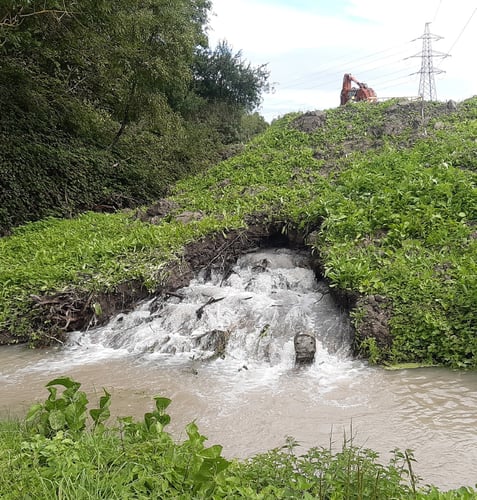Landowner resources
Our landowner resources page contains guidance documents for landowners whose land is crossed by our pipes.
Landowner guidance
These guidance documents cover:
- The general principles that we will adhere to when exercising land entry rights over your land.
- Our Code of Practice in relation to pipe laying and other works on your land.
- The requirements and restrictions that apply to you, your contractors and any other individuals authorised by you in relation to our pipes that cross your land.
- A guide to tree planting near our pipes.
If you are a developer, please see our locate existing assets page.
Dial before you dig
Millions of holes are dug every day across the country, yet many people don’t check before they dig.
Bristol Water maintains 7000km of underground water pipes and these are at constant risk of damage by people digging without knowing what’s below them or taking adequate precautions.
On average, we experience around 150 incidents caused by third party damage every year. This can be catastrophic. Water in these pipes is under pressure and damaged pipes could cause injury to you or others around you, harm to the surrounding area and natural environment.
The costs of repairs, fines and fees can be significant and cause lengthy delays to your project, so please check before you dig.

What you need to know
|
|

You’re not permitted to work within 2.5 meters of a public water main, and this distance may increase where necessary to protect our assets, as stated in the adjacent table. We must have unrestricted access to repair, maintain or renew the main as required. If you propose to construct closer to the water mains than the stated criteria you will be expected to pay for the water main to be diverted.
| Diameter of water main | Minimum distance from centreline of the pipe to structure |
| <169mm | 2.5m |
| >170mm to <299mm | 3m |
| >300mm to <449mm | 4m |
| >450mm to <649mm | 5m |
| >650mm | 6m |